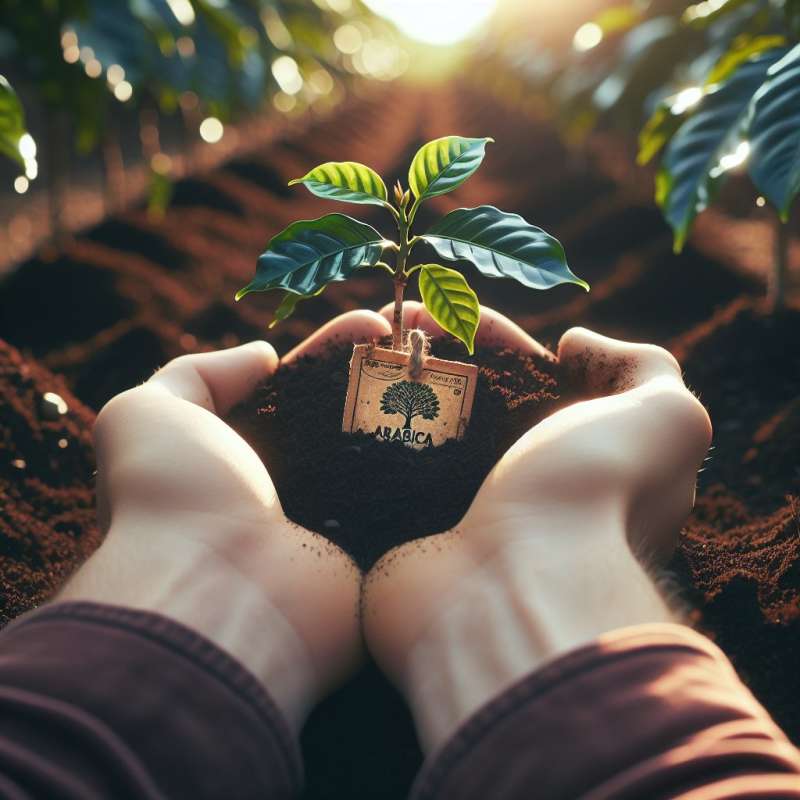
Coffee Beans: An Introduction
Contrary to the term 'beans,' coffee seeds are derived from coffee cherries. Two seeds typically nestle face-to-face within each cherry, absorbing nutrients and flavor characteristics from their environment.
Choosing the Right Plant
Optimal coffee starts with the right species. Arabica and Robusta are the most common, each offering distinct taste profiles. Arabica is sweeter, with higher acidity, while Robusta is stronger and more bitter.
Cultivation and Environment
Coffee plants thrive in the 'Bean Belt,' a tropical region between the Tropics of Cancer and Capricorn. Climate, altitude, and soil type profoundly affect the beans' flavor profile, making geography a crucial factor.
The Harvesting Process
Harvesting can be done by hand-picking or stripping. The former ensures ripe cherries are collected, preserving quality. The latter, less selective, can lead to a mix of ripe and unripe cherries.
From Cherry to Bean
Post-harvest, cherries undergo processing: either 'dry' where cherries sun-dry, or 'wet' which removes the fruit's flesh before drying. Wet processing generally enhances the bean's inherent qualities.
Drying for Optimal Flavor
Drying must be carefully controlled. Beans are spread in thin layers and regularly turned. Over-drying makes them brittle, while under-drying can cause fungus or mold, ruining the flavor.
Roasting: The Transformation
Roasting is where the magic happens. It transforms green coffee into aromatic brown beans. The temperature and duration impact the flavor intensity, from light and fruity to dark and full-bodied profiles.Coffee's Surprising Connection
Did you know coffee’s caffeine can deter pests? It’s nature’s own pest repellent!
What are coffee 'beans' actually?
True beans
Seeds from cherries
Artificial products
Company